Google is always looking to make its search engine better, even if it comes at the expense of cries from the SEO community. While Featured Snippets are a great and exciting new feature of Google Search, it has managed to cause quite a bit of uproar from those who feel that Google is taking away traffic from creators who put a lot of work into their content.
That said, it’s unlikely that Google is going to roll back on this new feature. As controversial as it might be, it does provide significant quality of life improvements. For one, you don’t need to open a website to get an immediate answer to a question. And, Google also provides automatically generated further-answers to similar questions.
All of this makes it quicker for readers to find what they are looking for. And, if there’s more interest in an answer, it’s more likely that a reader will click on the first result — a featured snippet — opposed to other pages. So, it pays to understand how featured snippets work and how you can target your own content to be featured.
That’s the general gist for this entire guide. To help you understand what needs to be done to have your content promoted. It’s never a guaranteed thing, but as you are going to see — certain concepts and content elements can greatly increase your chances.
So, what’s a featured snippet?
Whenever you search for something on Google, you might notice that instead of seeing a bunch of links, you see an answer box. This is called a “Featured Snippet”. And it looks something like this.
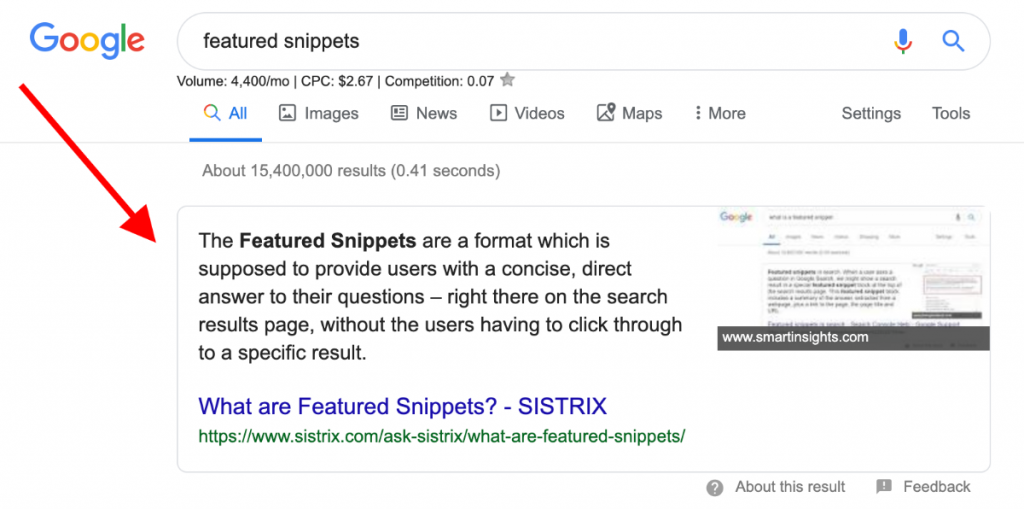
Such a box can be returned for almost any search query, given that Google considers the content to be oriented around answering a question. And let’s be honest, it is kind of a nice feature. If you need to find one specific particular about something, Google can answer it in one single query.
Because otherwise, you would have to check the first couple of links individually and scan the page for a potential answer. In this sense, featured snippets are an absolute win!
Why are featured snippets important?
First and foremost, featured snippets provide a means to rank above everyone else in the search engine results page. In a study done by Ahrefs, the company found that on average — 9% of all clicks went to a featured answer, with about 20% of all clicks going to results below the answer box.
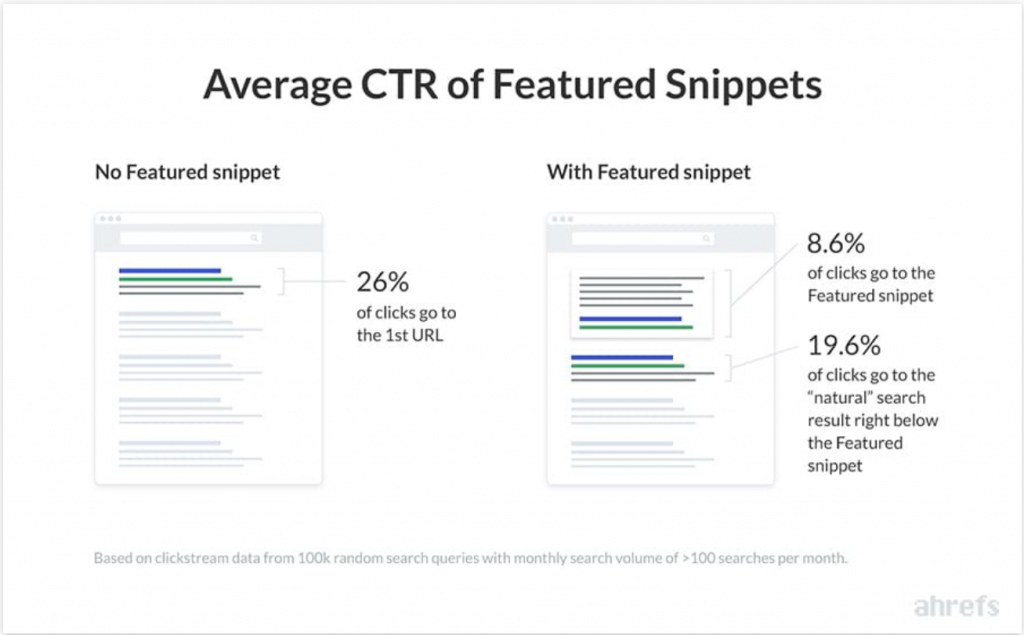
This is a massive opportunity for you to pilfer away some of the clicks from other top 10 results in SERP’s. But, keep in mind that Google generally only highlights featured snippets from sites that are already in the top 10.
But, there are downsides to this. And it’s based on two factors:
- Featured Snippets take up a lot of space in the SERP’s, meaning less exposure for sites below it.
- You might see a decrease in traffic because people are getting an answer they need without visiting your site.
This isn’t the information that should scare you though. As with all things SEO, Featured Snippets is just another feature of Google Search.
In that same study we just looked at, Ahrefs also found that:
When we performed this study, we had ~112 million keywords in our US database, almost ~14 million of which had featured snippets in their SERP.
In other words, according to Ahrefs’ data, ~12.29% of search queries have featured snippets in their search results. (Which is quite a lot, if you ask me.)
Tim Soulo
Hopefully, this gives you a clearer understanding of where snippets stand as of right now. We might see an increase or even a decrease in their popularity in the future.
What are the requirements to be featured?
The full list of requirements is not known in its full spectrum. However, there is a lot of data and speculation behind the signals that get content featured. So, this section is dedicated to listing those known signals.
- Research keywords thoroughly and understand the user intent behind each one.
- Understand why people search for certain things and how content can relate to those queries.
- Learn about proper content structure. This means using appropriate HTML tags for things like tables, lists, and images.
- Write content that is beneficial to the reader.
- Use common language, without jargon or long paragraphs.
- Whenever you write an answer-based paragraph, don’t make it longer than 40-60 words.
- Don’t write with the intention of getting featured. Instead, focus on quality and value that you can give to the reader.
- Use external tools to help yourself understand the type of questions people are asking.
Of course, there’s a lot more to this. Another way to look at it is from the perspective of an algorithm. Google’s robots use algorithms (AI/ML) to understand the content, so think in terms of making it easy for a ‘robot’ to understand, index, and display your content.
What kind of content gets featured most often
It’s a known fact that featured snippets can come in several different types, so here is a full list of content that can be converted into a snippet.
- Short and on-point paragraphs.
- Lists, such as this one.
- A data table.
- A data-based chart or a graph. (Images are supported!)
- A single image.
At the end of the day, the type of snippet Google displays will come down to the type of an answer that a user is giving. For example, “how to cook rice” will often return a steps-based list.
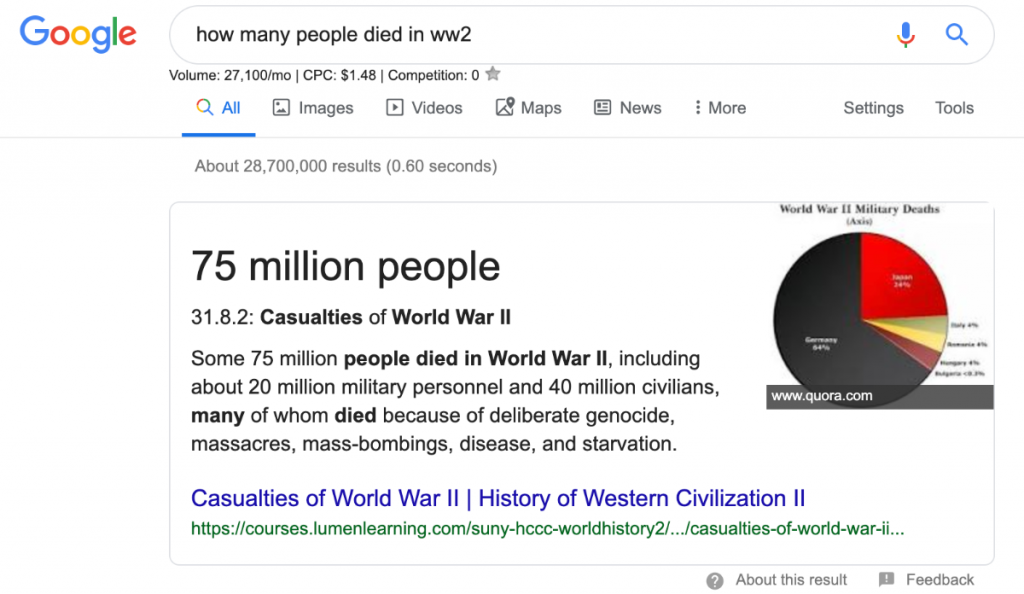
Whereas searching for “how many people died in ww2” will showcase a direct data-based output. You literally don’t even need to visit the website to immediately understand the volume of your specific query.
How to create content that gets featured
We’ve already explored a lot of interesting points on how Google interprets content, and what kind of content you need to focus on. But, if you’re still unsure about the entire process, here’s a quick rundown of things to do.
Start with an outline
Ask any writer and they will tell you that the two hardest things about writing content are creating an intro, and coming up with an outline. But, both are mandatory and you’re going to be much better off by first understanding what you want to write about in full.

An outline is your entire post narrowed down into headings, sub-headings, and sub-sections. It removes the need to come up with ideas as you go. And instead, you can prepare an entire post before you start to write it out.
My two tips for creating outlines:
- Know the main keywords you’re targeting, and do in-depth research on how to best explain the topic.
- Add research links or other relevant info that you gather up underneath each section. This will save you time from having to look up the same information twice.
Of course, each writer has their own preference. In terms of outlines relating to featured snippets, the process simply eliminates the need to ponder over new ideas or sub-topics. An outline gives you a visual perspective on what you’re writing so that you can write it in the best way possible.
Include data and supplement it with images
Data is a broad term. It can be numbers, it can be bullet points. But you’re almost always going to want to use an image to better explain the idea.
Besides, Google does include images (and videos!) in Featured Snippets as well. And according to some studies, 1/3 of all featured snippets include an image.
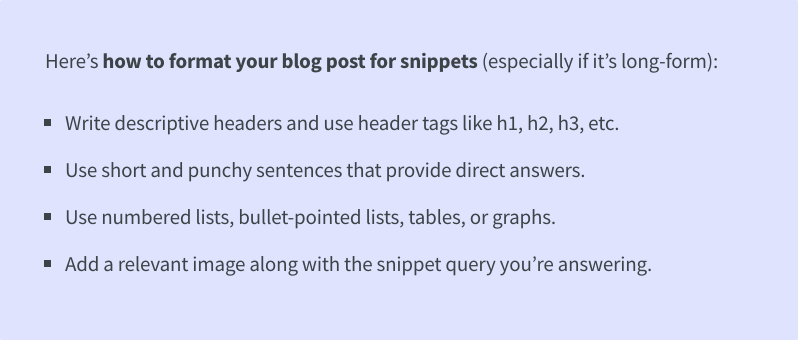
So, here’s an image that shows simple bullet points of things to do. The logical thing to do here would be to also present that same list in the form of actual text content. We won’t do it for this example since it’s already done a few sections above, but you get the idea.
Focus on answer-based content
Less and less people are using search engines to simply look up things. Instead, more people are looking for the why and how of a specific subject.
In other words, people are eager to have their questions answered. And this is your golden opportunity to become that brand that people turn to when they have a specific question. There’s nothing that unique about this approach, either. You’re still going to write content, but your focus should shift from being informative to being a source of answers.
You can also think of it in terms of user intent.
In essence, Google is looking at the search query as a whole to find the best match. It’s trying to understand precisely what a user needs and ensuring that the content behind the most relevant keyword truly matches what the user is looking for.
Laurie Mega
Every search has an intent behind it, your “job” is to understand that intent and provide a succinct answer to it. This is the most straightforward way to writing content that gets a chance at being featured by Google.
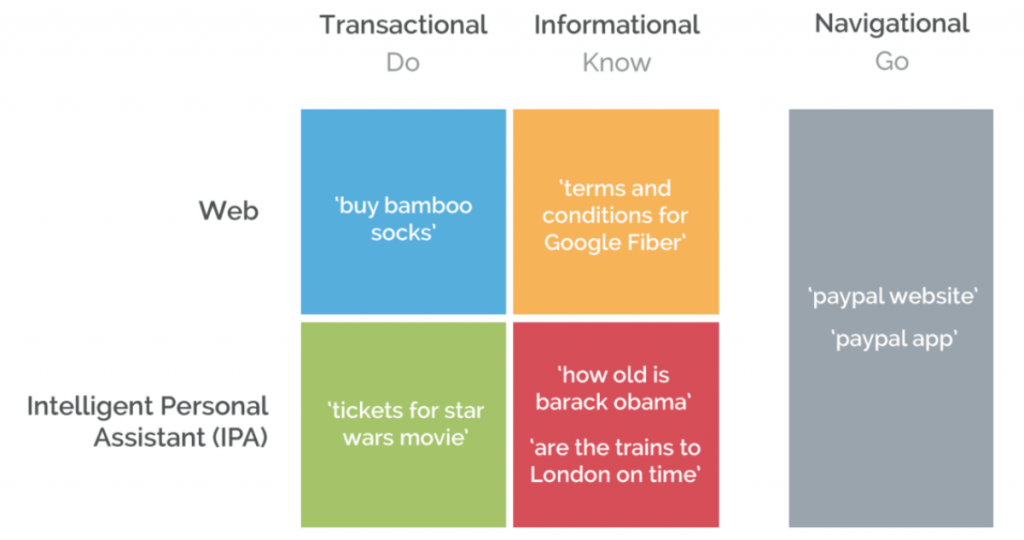
When it comes to user intent, the goal should be to answer one question in its entirety.
For example:
- Who is Justin Bieber?
- When was he born?
- Is he married and does he have kids?
- What is his net worth?
- Where does he live?
And the list goes on and on. Now, apply this to all the content you’re writing and you’re going to see a tremendous result in your SEO improvement.
Where to find featured snippet opportunities
I’d say that it’s safe to think that almost any query can be turned into a featured snippet by Google. However, there are sites which can help you figure out specific opportunities. Namely, it’s platforms like SEMRush, KWFinder, Ahrefs, AnswerThePublic, and other significant SEO tools.

I think the bigger question here is one of budget. An entry-level subscription to Ahrefs starts at $99 per month, and for SEMRush it’s the same. Pro-level subscriptions start at $200 per month. That’s a substantial investment if you’re an individual without a wide budget at hand.
So, are there any alternatives? The answer is a resounding yes. You can find plenty of opportunities for featured snippets by using tools which provide data on the type of questions people are searching for.
Quora.
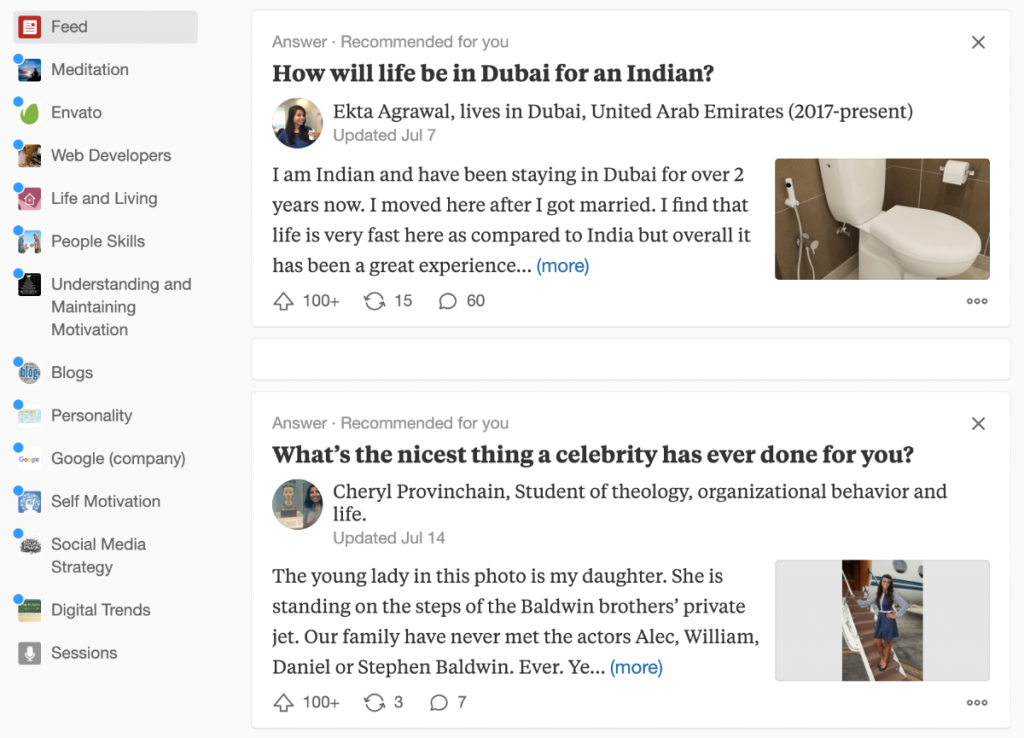
If you’re ever lacking content ideas, try browsing Quora! The site is a literal goldmine for things that people want to find an answer to. And, the site automatically suggests you questions that are popular.
The trick here is not to copy-paste questions or answers directly. You can simply see what’s popular in a specific category, and then do research on the types of content you could write around those ideas.
You might even learn a new thing or two, and gain more perspective on the type of sub-sections you should add to your final content piece.
AnswerThePublic.
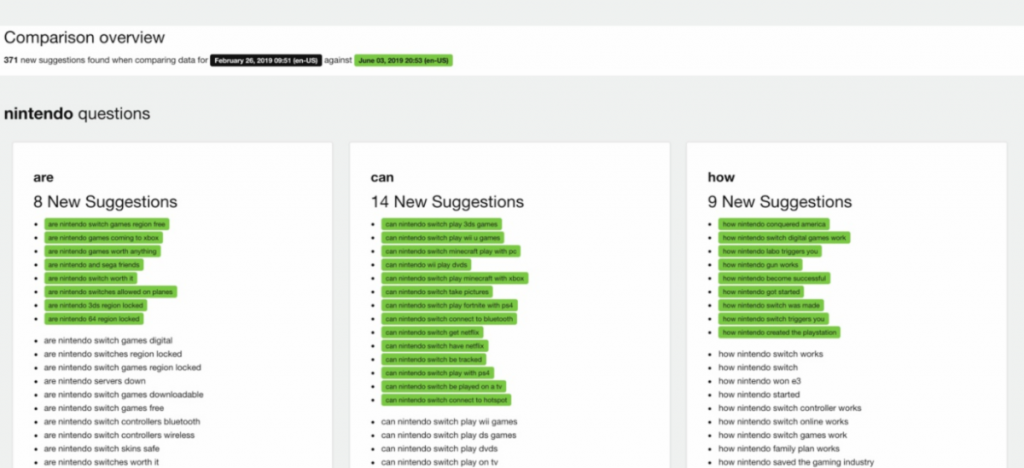
This site is designed to give you a rundown of the different types of questions that people search for on search engines. It uses many different prepositions and adjectives to give you fully concise keywords to utilize in your content.
You can type in as little as a single word (E.g. apple), and AnswerThePublic will show you the things that people search for. As such, you can generate new content ideas as well as improve your existing pieces.
It’s free to use tool, but a premium subscription will yield you some extra features. Namely, you’ll get unlimited searches, including data comparison and location-based searches. Premium members can search across specific regions, including major ones like USA, UK, Australia, etc.
Google.
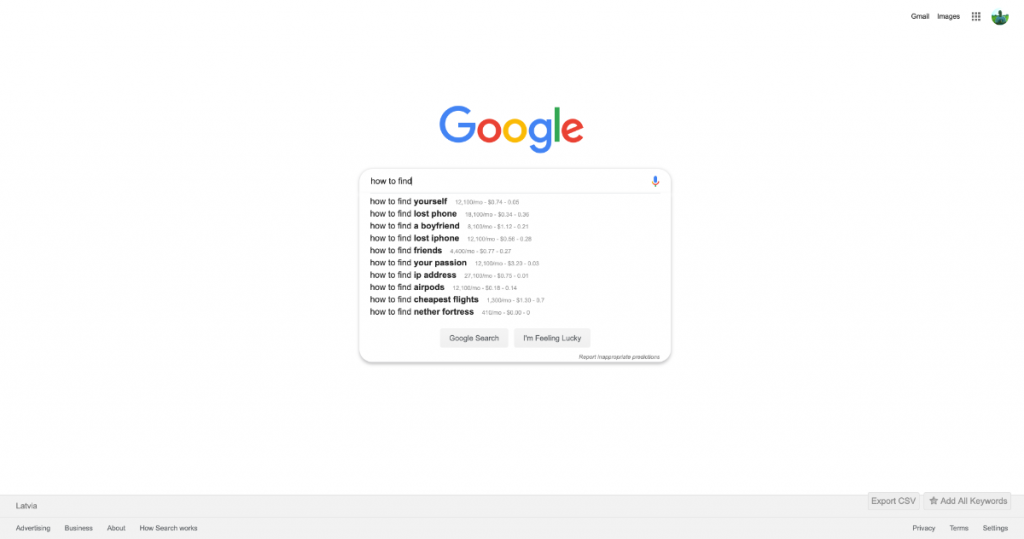
Yes, you can use Google, too! The beauty of Google’s autocompleting feature is that it shows you the most popular searches, instantly. So, if there’s a specific keyword you’re pondering over — why not make some searches around it and see what Google is suggesting.
And that’s not all. Once you hit ‘Enter’ for your search, Google will also present an additional content promotion box called “People also ask“.
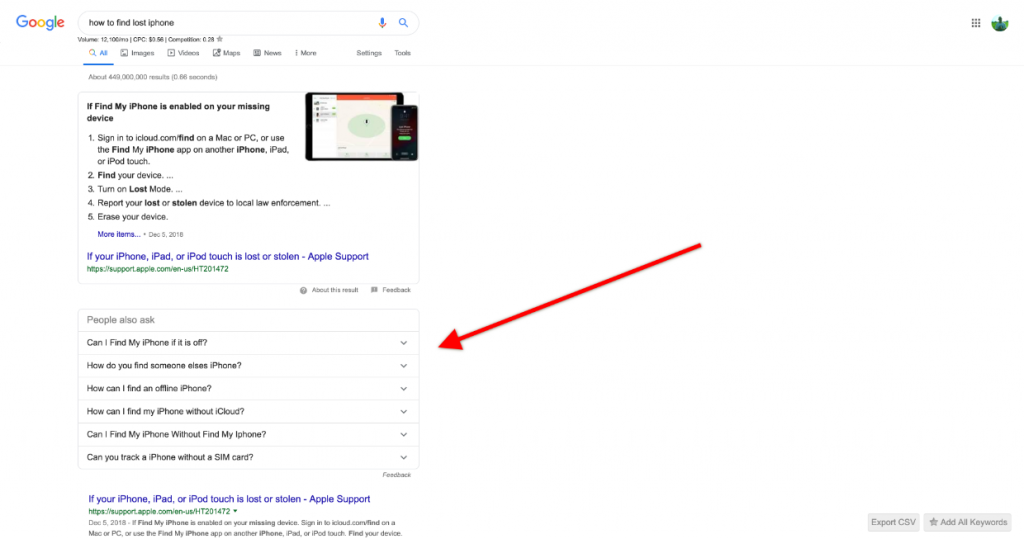
As you click on each individual choice, more answers/options will appear. And you can keep going for as long as you like. All of the suggestions are based around your main “keyword”, and the additional questions are simply things people search for in relation to that main keyword.
Not only can you generate a ton of ideas this way, but also get a lot of interesting research material. The sites featured in “People also ask” aren’t always shown from the top results only. So, if you have the time and patience, this is a brilliant way to gather up some additional ideas for content to write that could potentially be featured.
Conclusion
It’s a lot of work to upkeep a solid Google SEO strategy. You have to look out for new algorithm changes, and you have to continuously improve your content. Letting your guard down even for a few months might cause significant loss in rankings and organic traffic influx.
I think it’s clear that the direction we are heading in, is one where Google wants to centralize great content and then focus on ranking it through signals like backlinks, social media exposure, and overall popularity.
Here’s a summary of the main points:
- Create useful and answer-based content. Focus on readability and value.
- Enhance your content with both internal and external links. Make it feel authoritative from day one.
- Continue researching your content ideas and make as in-depth articles/posts as possible. That’s what it takes to rank as the top result.
- Become a master at structuring your content in an easy to digest manner. Write in a way so that the reader never gets lost.
- Use external tools to help yourself find ideas for content that could get you featured. Quora and even Google itself provides plenty of opportunities for this.
You can start by looking at the keywords and phrases that you already have a good ranking for. How can you further improve that content? Can you add additional lists or tables? Small changes like this will make all the difference in getting promoted through a featured snippet.




























